Although the last year in college sports has been hyper-focused on the Penn State crisis, it is neither the first nor the last excess or scandal in intercollegiate athletics. The 1980s bore witness to a booster scandal which resulted in the National Collegiate Athletic Association (NCAA) issuing the Death Penalty to one institution; the '90s saw the serious ramifications from recruiting and academic fraud at a number of schools. And since Penn State, we've seen coaches display questionable ethics in both hiring practices and general conduct and even a cheating scandal at one of America's most well-respected universities.
Many efforts at reform have been tried and tested, yet the problems persist. Now more than ever, higher education governing boards must function at a higher level of awareness and judgment in order to address the financial challenges associated with college sports, to ensure the link between intercollegiate athletics and academic priorities, and to reaffirm standards and ethics in college athletics.
When college presidents -- especially at Division I institutions -- and others try to exercise their authority, they often encounter strong resistance. Support for athletics programs from important constituencies can overshadow support for the institution itself. Yet the disproportionate growth of athletics relative to educational purposes must be checked, as the reputation and public standing of higher education are in jeopardy.
Chief executive officers administer their institutions' sports programs on a daily basis but boards must engage actively and appropriately in the policy considerations surrounding the key issues, which can have a major impact on their institutions' financial welfare and reputation.
Governing boards are central to any efforts to align intercollegiate athletics more closely with the educational mission of colleges and universities. While it is not appropriate for boards to be involved in daily operations and decisions, they must ensure that athletics programs operate with integrity and are appropriately balanced with academics. Boards bear responsibility for the general oversight and risk assessment of all programs, the fiscal health and integrity of the entire institution, the welfare and academics of all students (athletes included), and many others areas that go to the heart of college sports.
Last year, the Knight Commission on Intercollegiate Athletics asked the Association of Governing Boards of Universities and Colleges (AGB) to explore board practices related to intercollegiate athletics. In response, AGB conducted a survey of presidents and board chairs at Division I institutions, as well as public systems that include Division I institutions, recognizing that the implications of what occurs in that division extend to institutions in other divisions.
The survey results demonstrate that many boards are engaged in the oversight of sports on their campuses. But practices are erratic at best, and board functions at many institutions with regard to intercollegiate athletics need attention. For example:
- As many as one-fourth of the respondents stated that their board had no formal policy on intercollegiate athletics.
- Only 19 percent of respondents stated that their athletics department is self-supporting and has no need for subsidy from institutional resources.
- While 84 percent of boards reported that they receive sufficient data to monitor academic progress of athletes by team, only about one-third of respondents reported having sufficient information to oversee student-athletes' declared academic majors or the demands of sports participation on students' time.
- Almost one-third of the respondents characterized their board's preparation to oversee compliance with NCAA rules as neutral, somewhat poor, or poor.
- As many as 99 percent have programs and camps for minors, but only half have policies for protection of minors.
Based on the survey results and with the guidance of an advisory committee of top higher education leaders, we offer three recommendations:
- The governing board is ultimately accountable for athletics policy and oversight and must fulfill this fiduciary responsibility.
- The board must act decisively to uphold the integrity of the athletics program and its alignment with the academic mission of the institution.
- The board must educate itself about its policy role and the oversight of intercollegiate athletics.
The NCAA should also include in its manuals clear statements that recognize the ultimate responsibilities of governing boards for intercollegiate athletics.
Division I athletics are a highly visible (for many the most visible) part of the higher education landscape. If policy makers, students, parents, and the public perceive that rules are slack and all that matters is money, all of higher education will suffer. Indeed, the increasing emphasis on the commercial aspects of athletics is one of several factors that may cause federal policy makers to reconsider the tax-exempt status of colleges and universities' athletic programs.
Governing boards must act now to ensure an appropriate balance between athletics and academics in our higher education institutions. Otherwise, the increasing emphasis on the commercial aspects of athletics could result in federal policy makers doing it for us.